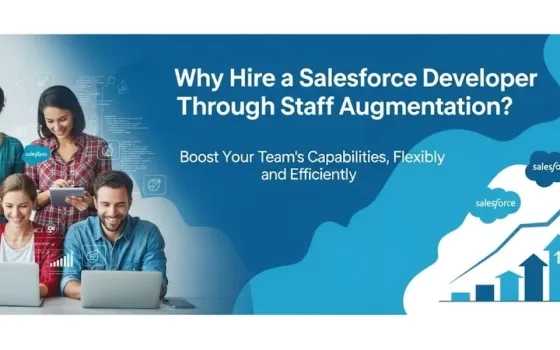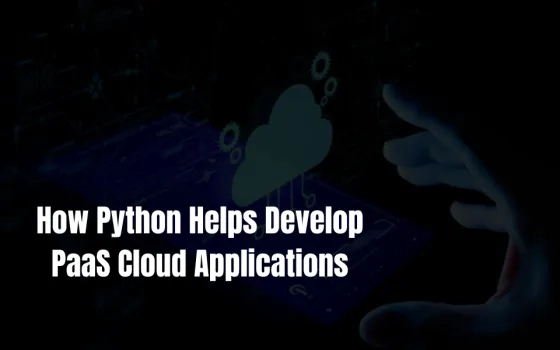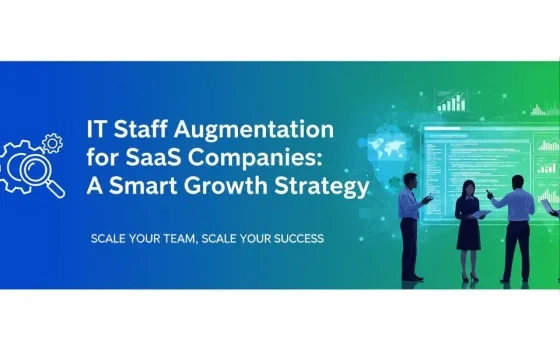
Indian IT industry has traversed an impressive growth trajectory in last few decades. Starting from the scratch in 1980s, it has emerged as a full-grown industry of $190+ billion today with a global spread, wide recognition and an enviable business capabilities. The industry has been witnessing sluggish growth trends in recent quarters with tightening customer spend, re-prioritized budgets, reducing deal size and declining profit margin. Covid-19 pandemic and acute business uncertainties have added new anxieties, while it has been grappling with structural and cost rigidities dragging down its long-term sustainability. Adding to the woes, recent decisions about changed US migration / visa norms introduce new operational challenges. With thinning order book, project delays and bulging benching levels, the sector stares at an unstable future with its growth outlook significantly shaken.
- Constricted organizational practices and accumulated decision making liabilities
- Fault-lines around core organizational practices and cultural DNA
The ongoing phase might be transitory. Signs of frail upswing from re-contextualized digital and platform offerings give an optimism about industry growth line edging up in coming period. Nonetheless, it is hard to ignore structural fault-lines and distress signs around core people practices of IT companies. Beneath the surface of orchestrated media /analyst interactions, sleek quarterly presentations and ambivalent coinage on business performance, structural sluggishness and directional inertia engulf large tracts of the organizational core.
Across organizational functions, HR has remained largely overlooked with little adoption of technological and cultural innovation over years. As these companies struggle to imbibe increased resilience in their operating model, long-ignored structural imbalances attain a priority now for its lasting resolution. While reframing organizational purpose in people-centric context, it provides companies a unique opportunity to fix less healthy structure and cultural DNA patterns, to alleviate accumulated decision making liabilities[i] of years.
- Imbalances of top-down organization structure
A critical evaluation of structural inflexibility and people practices become necessary to drive business performance and employee morale – while striving for the next level of growth trajectory. Importantly, a future ready organization requires radical shift of decision making structure and capabilities, which have been invariably clogging top management’s work-list and priorities. It would require resolute effort towards a radical shift away from old command and control structure, which has been limiting right enablement and information access, necessary for decision making by involved teams. It demands re-design of organizational structure breaking old mold and rewriting of rules of the game in contemporary sense (with startup mindset) for infusing invigorated empowerment and transparency across layers.
- Realm of remote and alternative working models
In evolving gig economy with innovative working models, coins of trust and genuineness emerge as the currency to be felt and treasured by employees, for exchange with their valuable loyalty. Traditional models of employee engagement with a stiffened leadership posture, patronizing communication tone, self-patting satisfaction surveys and sponsored HR awards– all of sudden appear primitive to connect with employees. Going beyond over-hyped digitized workplace (oddly preserving stiffening hierarchy and old rules), it requires sincere long-term thoughts to address substantial talk-action deficit, rigid hierarchy, embedded biases and obscure communication constructs. An uninhibited overhaul of organizational set-up with transformative shift in people practices would be basic requisites for strengthening grains of agility and resilience towards a future ready organization.
- Design contours of future ready workplace
Following paragraphs highlight 3-pronged people-centric approach to augment much desired resilience, agility and employee experience quotients of future ready Indian IT industry.
- Delayering and invigoration of organization structure
Amidst growing benching level and under-profiled roles with skewed productivity results, addressing critical issues of structural imbalance and dispersed accountability become the utmost priority. It necessitates an optimization of top-heavy structure[ii], curtailment of elongated chain and reduction of flab for transforming into a responsive structure. With reframing of roles (mapped with emerging business context) and clear ownership, it will smoothen overlapping work span and conflicting communication to nurture enhanced entrepreneurial spirit within teams. For a simplified structure and empowered teams, companies need to strive balance of hierarchical pyramid, consolidation of specialized CoEs and increased customer-driven project engagement – particularly for mid and senior level associates. It also necessitate balancing fulcrum of remote and alternative working models, flexible and customized work contracts, re-skilling of resources and bridging aspirational gaps to sustain a deeply anchored agile operating model.
- Augmenting communication and transparency membrane
Shifting away from outdated paradigm, it is the time for complete reappraisal of communication efficacy in organizations to align with the needs of hyper-connected world. Long-term distrust and integrity issues arising from less-transparent communication practices require fundamental change in leadership approach. Candid engagements for setting honest communication tone by the leadership will help to augment credibility nuances. Amplified outreach drives can help to dispel many lingering doubts from cryptic and prevaricating practices. For speedy and empowered decision-making, a democratized information architecture attuned to evolving ecosystem becomes the core necessity. While encoding enhanced empathy, setting transparent guidelines and enforcing SLAs for communication practice would go long way in instilling an open and equitable culture. Furthermore, a sensitive mechanism for constructive handling of employee concerns and grievances will significantly boost employees’ faith in organizational integrity and values system.
- Nurturing organizational culture and employee engagement
It is a harsh reality that languid organizational culture and trust deficit in leadership practices significantly affect the work culture and team morale. While alternative working models are being evaluated by companies, entrusting engagement drives to break silos and imposed boundaries become obvious necessities. It requires increased emphasis in present times as global workforce surveys[iii] year-on-year indicate a pattern of almost 85% of employees appearing not engaged or actively disengaged. Frequently engaging with employees for close directions and handling concerns with empathy become more than an operational requirement. Remote working or otherwise, leaders are expected to know individual situations better for active guidance on outcomes and unbiased support for individual aspirations. Further, discarding ‘fail-safe’ philosophy putting premium on ‘continue doing more of the same’, organizational thrust should nurture individual drive towards experimentation and innovation. Also, enabling space for employees’ say in organizational affairs, a democratic representation for legitimate voices in redesigned practices will help with an improved sense of employees’ participation.
Way forward
A future ready organization necessitates deep re-calibration of structural hierarchy, people processes and communication membrane along with an unflinching leadership resolve for open and equitable practices. Virtual working model would demand realistic reappraisal of organizational culture to ensure future workplace to be more sensitive and dignified with deeply responsive people practices. It becomes an essential condition for structural adaptability of operating models for enabling future ready strategies and sustainable formulations. With balanced structure and detoxified cultural DNAs, self-driven teams would find sufficiently empowered to propel the transformation trajectory in perfect unison with emerging business contours.
Disclaimer: The author is an employee of Tata Consultancy Services Limited (TCS). The opinions expressed herein are of author’s own and do not reflect those of the company.
[i] Decision rights guardrails to empower teams and drive company performance (MIT CSIR Research Briefing Aug 20)
https://cisr.mit.edu/publication/2020_0801_DecisionRights_Meulen
[ii] From a back of envelope calculation, if a 3% of senior level and 6% of middle level roles are optimized with corresponding 9% augmentation of junior level roles, it indicatively provides annual employee cost savings to the tune of 12% (assuming existing structure of junior 50%, middle 35%, senior 15% with an approximate average employee cost ratio of 1:3.5: 7 for respective groups).
[iii] Gallup State of the Global Workplace report (2017) places 85% of employees worldwide are not engaged or are actively disengaged in their job.



















